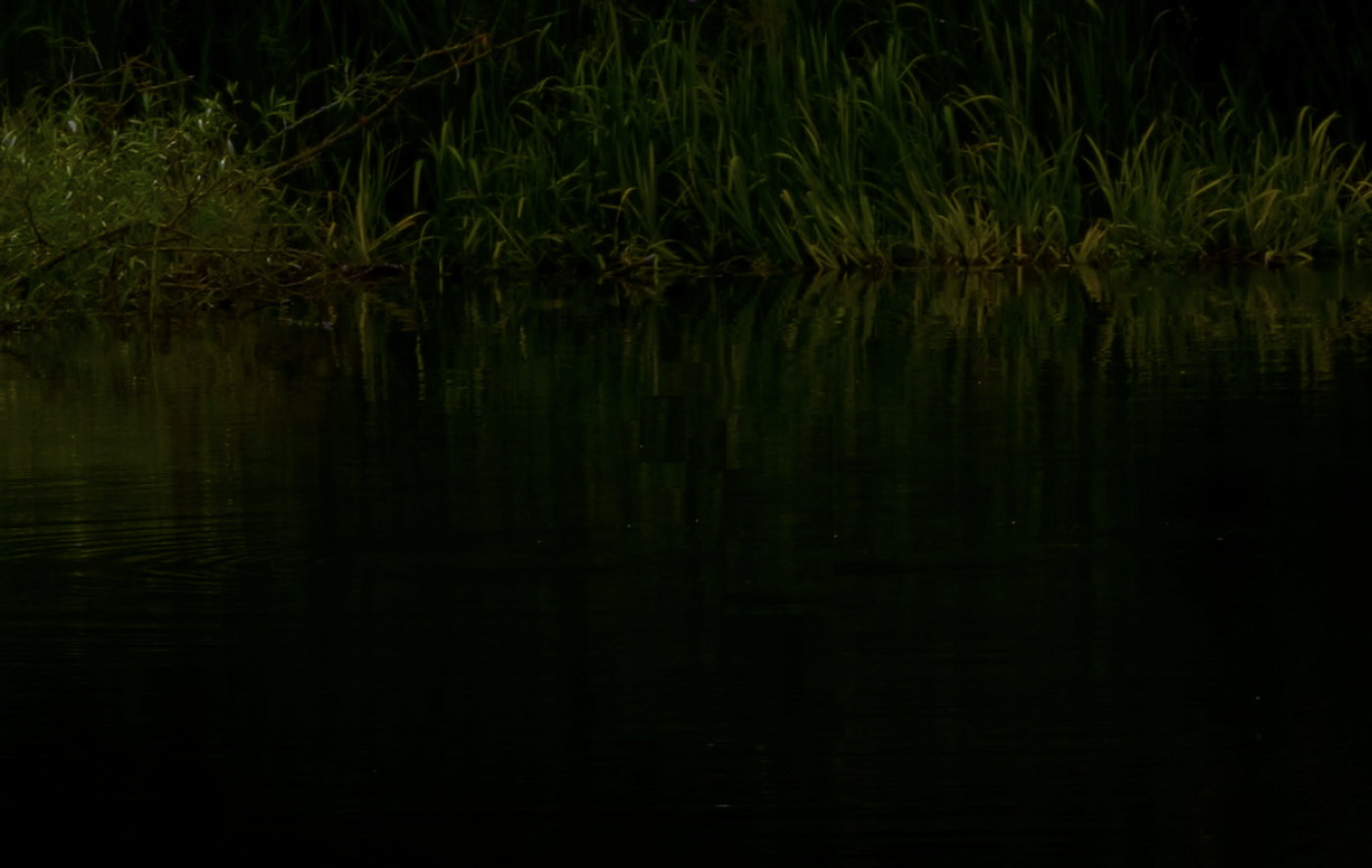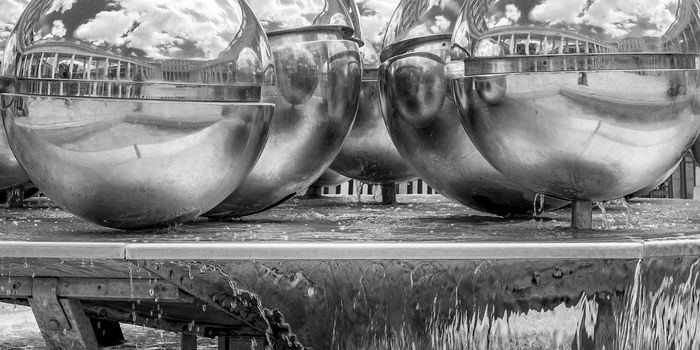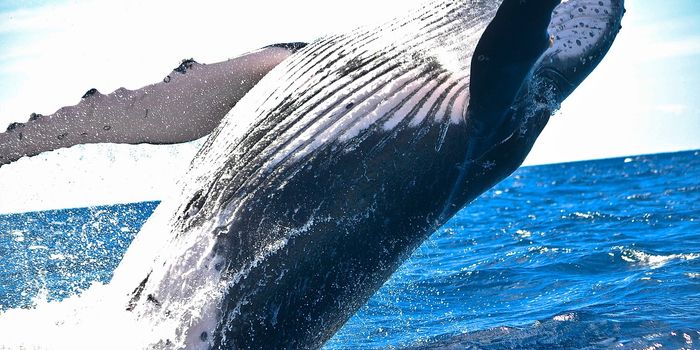What Gives One of the Darkest Rivers in the World Its Color
A recent study by researchers at ETH Zurich has examined why the Ruki River, a one-kilometer-wide tributary of the Congo River, is so dark. The Ruki is so dark, it could be the most black, large blackwater river in the world, and it is far darker than even the Amazon's Rio Negro. "We were struck by the color of the river," noted ETH Zurich researcher Travis Drake. Now, scientists know why this river has this unique tint. The findings have been reported in Limnology and Oceanography.
The color of the river comes from low levels of sediment, and high levels of dissolved organic material. This situation has arisen because the gradient of the Riku River is quite low, so rain falls in the area onto dead vegetation, which releases organic compounds that get washed into the river. Huge peat bogs made of undecomposed plants line the river. During the rainy season, river levels rise and it floods the surrounding rainforest. It sometimes takes weeks for the water levels to retreat and all the while, organic substances are mixing in. "The Ruki is essentially jungle tea," said Drake, who is first study author.
This is the first time that the chemical composition of the Ruki has been analyzed. Water samples were collected as discharge measurements were taken. An analysis was performed to measure the amount of dissolved organic carbon (DOC) in the water. The results confirmed what the investigators had seen; the water has four times as many organic compounds as the Congo River and 1.5 times more than the Rio Negro.
Additional work showed that about one-fifth of the DOC in the Congo originates from the Ruki, even though this tributary is only about one-twentieth of the Congo's basin.
All that DOC also triggers the release of some carbon dioxide. But the Ruki is a slow-moving river, and carbon dioxide doesn't escape into the air as easily in that placid environment. So while emissions are high along the entire river, the release of carbon dioxide from the Ruki is similar to other tropical rivers, the researchers explained. Most of that carbon was also found to be coming from forest vegetation and not peat.
"Overall, however, we see very little peat in the river," Drake added. "And that's good news, because it also means that the peat bogs are stable." However, deforestation leading to arid conditions could upset that balance, and may lead to the release of a lot more carbon.
"The peat bogs in the Congo Basin store some 29 billion tons of carbon," added study co-author Matti Barthel. "It would be better for the climate if they stayed wet."
Sources: ETH Zurich, Limnology and Oceanography









